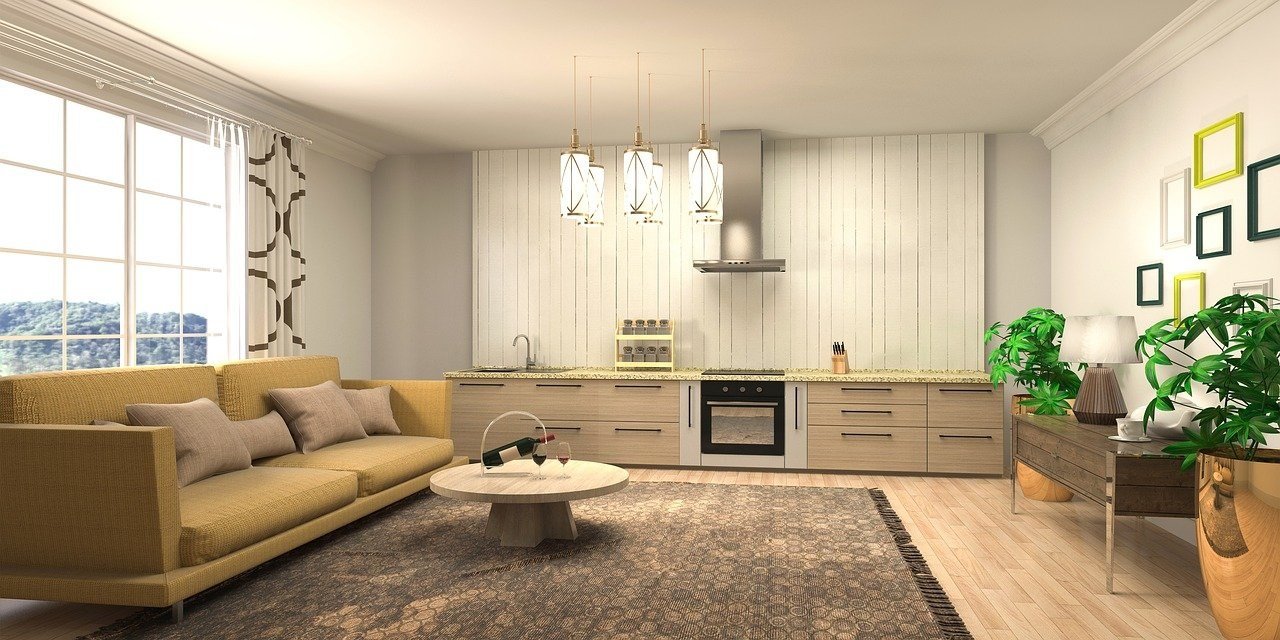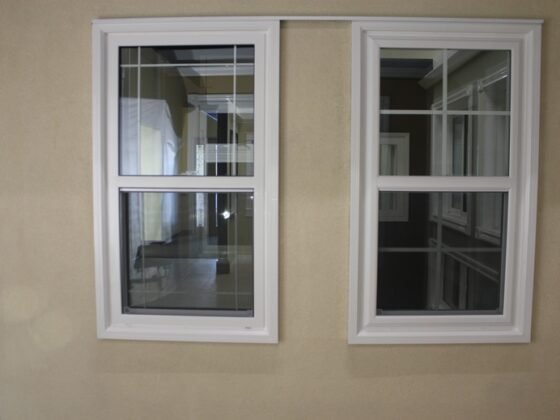Table of Contents Show
Interior designers use seven elements to bring the necessary balance between functionality and aesthetics.
Designing a room’s interior is an art and a science at the same time. Sports Stadium Architects have a dedicated interior design team to help you renovate your place according to these seven basic elements.
It would be useful to know each one of them and how it contributes to upgrading your home.

Colors
Depending on the color your interior designer suggests for your rooms, you can make them look bigger or smaller.
Colors are also mood modifiers and give your personal tone to your rooms.
Warm colors are usually used in living rooms and kitchens where you spend much of your time and want to feel energetic.
On the other hand, interior designers insist on using cool colors for bedrooms, where people need to rest and relax.
It’s always necessary to check how the selected color reacts with artificial light.
That will determine the color you will use and is one of the most crucial factors for interior design.
Patterns
Geometrical patterns are what make your room look different than others. Interior designers prefer to repeat these patterns multiple times to designate the personality of your place.
You can find floral, abstract, or geometric patterns on wallpapers, curtains, or rugs that offer your room a uniqueness impossible to find elsewhere.
Interior designers always take into account your room’s size to ensure they propose the right patterns.
That’s why the scale of patterns in proportion to the room’s surface is a crucial indicator of the pattern type and size.
Read Also:
Textures
Texture has to do with the five senses people have to interact and communicate with their surrounding environment.
Modern interior design is based on textures that are delivered through textiles over your furniture and walls.
Your furniture texture influences your touch and gives you feelings of fullness and satisfaction when being in your place.
Interior designers insist that texture be extravagant and modern, with many angled shapes and plenty of soft fibers to touch.
It’s also interesting to mix different texture types in the same room. Investing time to find the relevant sequence of textures for the right room is necessary to create a home with the latest interior design touch.
Lines
Lines make you more eager to stay at home and relax or entertain yourself. They are the most influential interior design element, ranging from walls, shapes to furniture, and devices.
These lines can bring the attention of people living in the room, and you can find them in three major types: horizontal, vertical, and dynamic.
Horizontal lines give your room a sense of continuity and stability and make it look a lot spacier than it is in reality.
Vertical lines can be seen in window frames, appliances, doors, or even fireplaces, increasing your perceived room height.
Interior designers are trained to maintain the necessary balance between horizontal and vertical lines in a room.
That helps in creating interior spaces with a modern design, which are also functional.
Dynamic lines are not that often seen in typical homes. They are used in staircases or floors when the tiles are placed in a diagonal pattern.
Rooms with dynamic lines give more energy to people living inside and increase their productivity.
Light
Interior designers love to work with slight variations in the rooms they are about to design.
You can find two major light sources, the natural and the artificial ones. Rooms oriented toward the natural light axis should have large windows with drapes or shades to control the light intensity through the summer days.
Artificial light could be apparent or hidden behind structural objects on the ceiling or the walls.
The modern interior design uses dimmable lights to create a special ambiance in a room.
Those lights’ intensity and color could make the interior space welcoming and relaxing.
Form
The form has to do with the shapes of your furniture and structural elements on your walls and ceiling.
Either geometric or natural, these forms can determine the interior design and make your rooms look more passionate or neutral.
Space
Space is the most important element for interior design. It refers to the actual room’s surface, the distance between furniture, and the density of items placed in your room.
Finding the perfect balance between empty spaces and furnished surfaces is the key to a successful interior design that reflects the owner’s personality and serves his needs.










